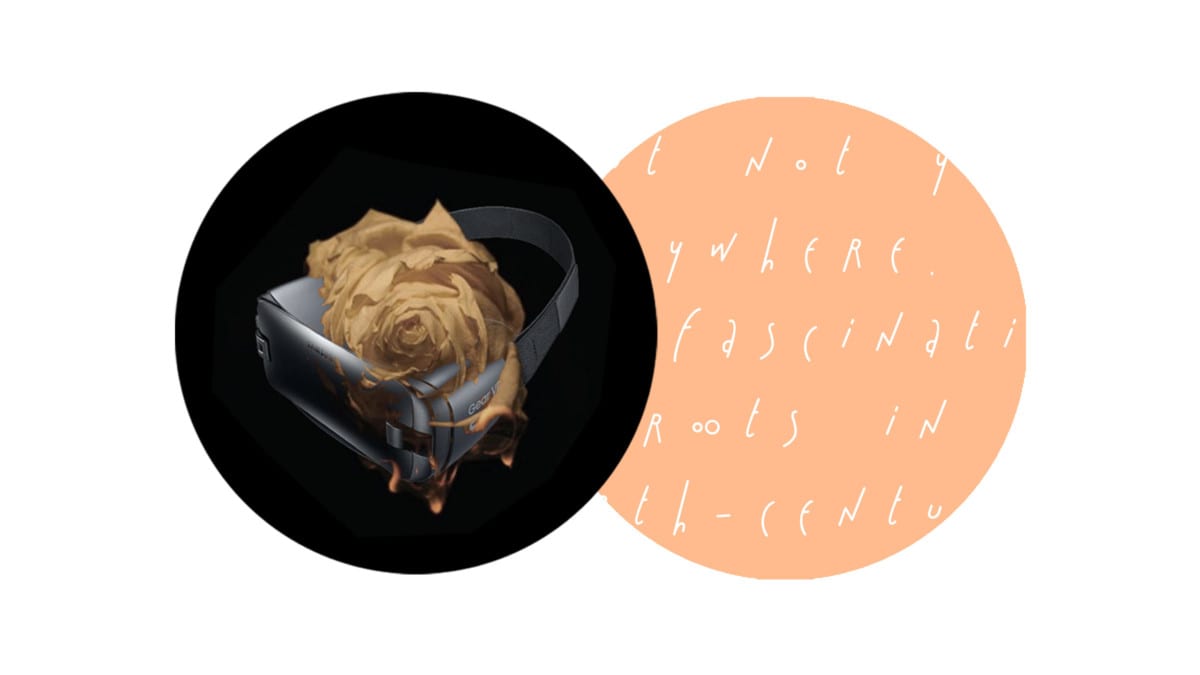VR is here, but not yet everywhere. It has fascinating roots in 19th-century amusements, but it still feels like the future and—as is the case with new things—it feels exciting, or alarming, or both, depending on whom you ask. Shows like Black Mirror portray chilling near-future dystopias for a society that’s already glued to its smartphones. But on the flipside, VR seems poised to become quietly commonplace. Its nascent state recalls a once new diversion, now legitimate and revered: the novel. While the relationship between VR and visual media is more obvious, the functionality of VR headsets has more in common with the solitary experience of reading than it does with movies and TV, which are better geared toward communal consumption. When the novel first emerged, it was at the forefront of immersive entertainment. It was met with such scorn among intellectuals that even the characters in early novels deride other characters for reading novels, accusing them of being frivolous and detached from reality. Take this passage from Stendhal’s The Red and the Black (1830):
What! thought Julien, astonished and amused, a lady of such lofty virtue praising a novel! Two or three times a week Mme de Fervaques professed the most comprehensive scorn for those writers who, with their insipid works, try to corrupt a younger generation only too prone, alas! to sensual backslidings. (430, Penguin Classics, trans. Roger Gard)
With this self-reflexivity, the author essentially apologizes for writing a novel, or at least shows he’s culturally aware enough to take a dig at his still disrespected craft. No one personified “sensual backslidings” more than Flaubert’s tragic title character in Madame Bovary (1856). Emma Bovary’s addiction to novels fuels her romanticism, so much so that her husband and mother-in-law endeavor to forbid her from reading them. This incident makes an important issue clear: novels—particularly in the hands of women—were dangerous. It is, on one hand, simply sexism, the impulse to protect feeble female brains that fail to distinguish between reality and fiction. Emma Bovary’s actual excesses might be bad example, but her case points to the idea of novels inspiring women to think and, most subversively, desire. The notion is not unique to the 18th and 19th centuries, as the celebration of Banned Books Week every year reminds us. It’s understandable that VR should emerge alongside critics and concerns. A 2009 study published by Stanford’s Virtual Human Interaction Lab found that VR immersion exercises contributed to the development of false memories—mistaking VR for lived experience—in elementary school-aged children. This isn’t good, and it’s in keeping with findings on the negative effects of too much screen time. I’m all for regular unplugging. But just as children must learn to distinguish their favorite storybook characters from real people they encounter, they can also draw the line against VR. The two developmental steps might not prove much different over time.
It’s understandable that VR should emerge alongside critics and concerns. A 2009 study published by Stanford’s Virtual Human Interaction Lab found that VR immersion exercises contributed to the development of false memories—mistaking VR for lived experience—in elementary school-aged children. This isn’t good, and it’s in keeping with findings on the negative effects of too much screen time. I’m all for regular unplugging. But just as children must learn to distinguish their favorite storybook characters from real people they encounter, they can also draw the line against VR. The two developmental steps might not prove much different over time.
I also find reason for optimism, especially since reading literary fiction has been linked to heightened empathy. The potential for VR here—about as close as we’ve ever gotten to walking in someone else’s shoes—is enormous. VR’s contributions to empathy have been demonstrated in several studies by the Stanford lab, including one in 2013 that found participants who experienced a simulation of colorblindness in VR would voluntarily double their efforts to help colorblind people, compared to those who were only asked to imagine being colorblind. I can vouch for one moving exercise in empathy: Notes on Blindness: Into Darkness, created by Ex Nihilo, ARTE France and AudioGaming in co-production with Archer’s Mark with excerpts from John Hull’s audio diary (Hull was blind). Under narration, outlines of objects in the environment appear and disappear with their corresponding sounds to give a sense of what it’s like to be blind.
These are small studies, and we’re in early days. VR seems ubiquitous to those who pay attention to related industries, but it still hasn’t made its impression on the average consumer. Early novels sought to win readership by aligning with formats that readers already knew. Robinson Crusoe (1719) was originally published under the authorship of its protagonist, instead of author Daniel Defoe, ostensibly to pass it off as a nonfiction travelogue. Epistolary novels (Les liaisons dangereuses in 1782, Pamela in 1740, The Sorrows of Young Werther in 1774) constructed narratives through letters, a very familiar form to any literate person in the 18th century. VR has, in some ways, a head start on familiarity, since it mimics human vision and is accessible on smartphones that people already have. How exactly it will ease in a general audience to become an indispensable cultural medium remains to be seen.

